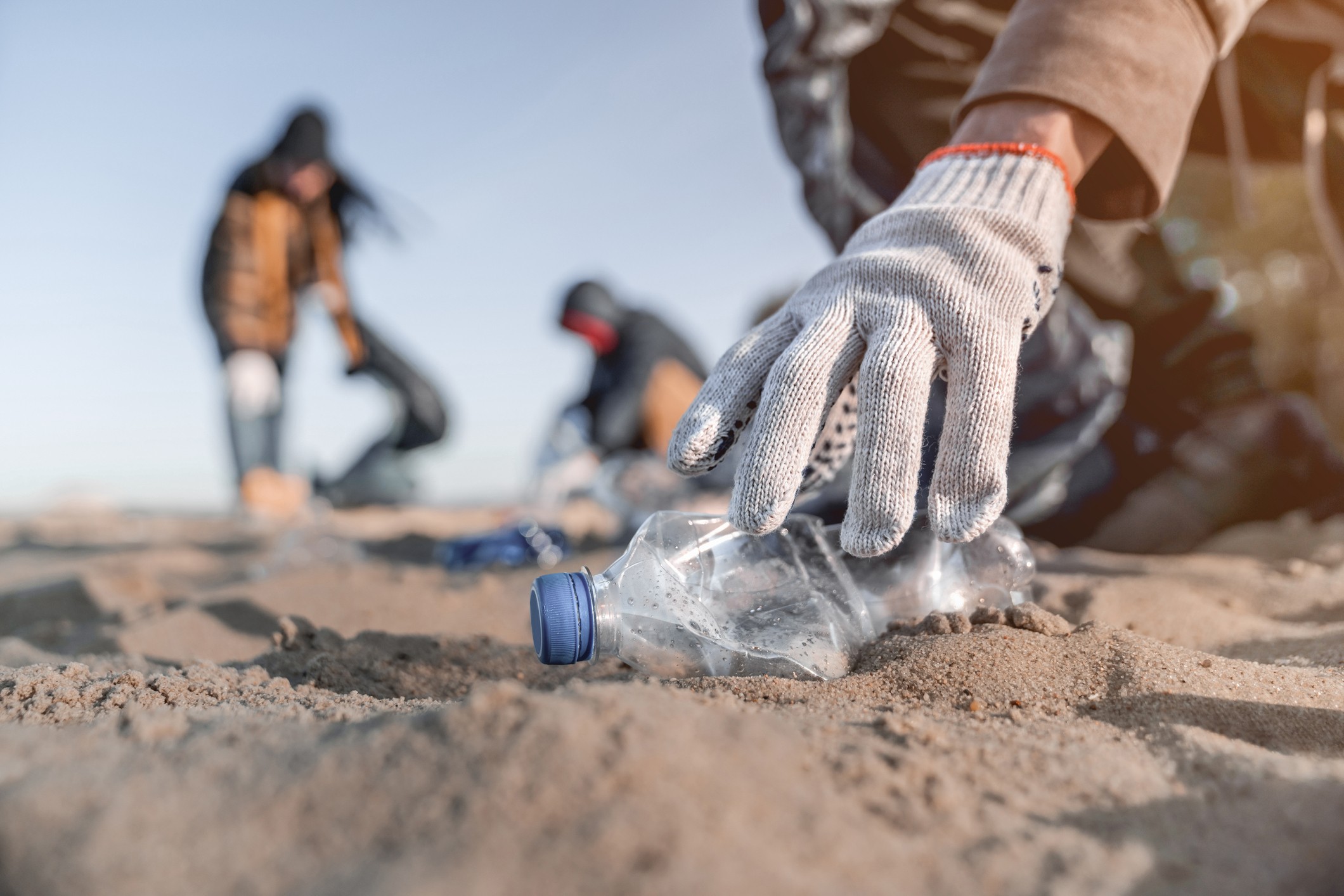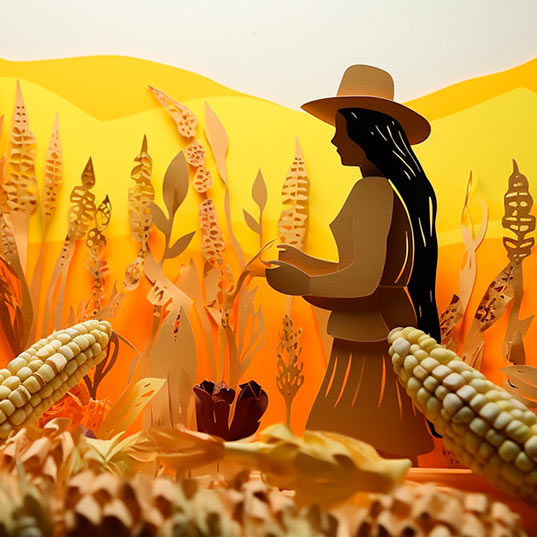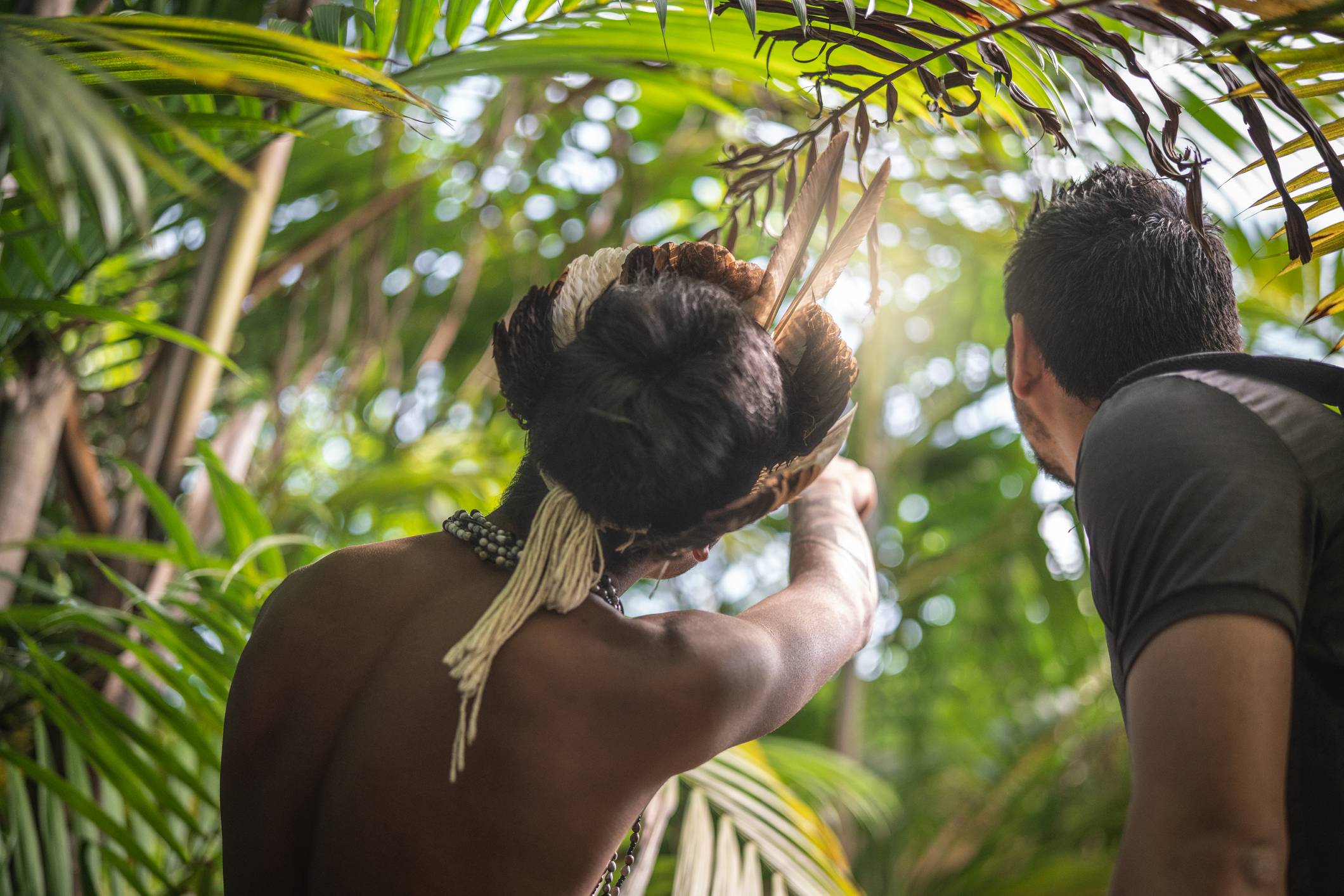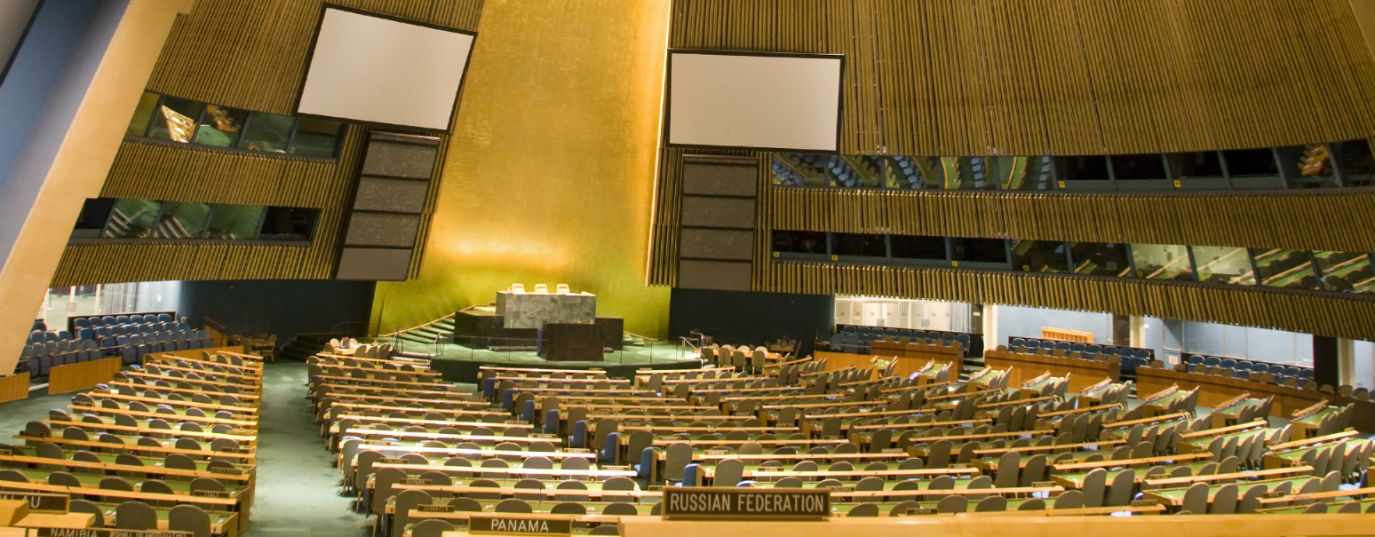Indigenous people: the other key players of COP25
Alongside the world's top leaders and dignitaries appearing at the Madrid climate summit, the COP25 has also been attended by indigenous groups, who are key players in climate action.
The planet’s most remote island hosts a civilisation that dates back more than 1,600 years. They are the Rapa Nui people of Easter Island. The island’s land triangle of just 160 km² is home to about 4,000 members of this indigenous group compared to the more than 100,000 tourists who visit each year. The island has been on the verge of environmental collapse more than once, but it is human irresponsibility and the effects of climate change that now threaten to end this ancestral culture: rising sea levels, changes to the marine ecosystem, garbage patches, overfishing, and so on.
Which is why a small group of representatives from this Polynesian island decided to travel to COP25 in Madrid. They did so in traditional dress and stunned onlookers with their ancestral dances, all with the intention of sending a stark message to world leaders at the Climate Summit: failure to combat global warming means their culture will disappear.

The threat to the Rapa Nui is just one example of what is happening all over the planet. Local communities and indigenous peoples are among the most vulnerable groups on Earth to the climate emergency. Global warming is changing rainfall patterns and causing crops to fail. During a meeting organised by the Sustaining All Life NGO at COP25 in Madrid, which includes an Indigenous Peoples Pavilion in the Green Zone of the Madrid Climate Summit, indigenous communities issued a dire warning against unchecked exploitation of resources, such as logging and overfishing, and the meagre support provided by local governments.
Indigenous peoples are now being heard over climate action
According to the World Bank, there are around 370 million indigenous people in more than 90 countries, making up 5% of the global population. However, just 10% of the world's land is legally recognised as belonging to such communities, despite these protecting 80% of the planet's remaining biodiversity.
Indigenous people have historically been sidelined during official international efforts to combat the climate crisis. In fact, researchers and activists argue that they have been virtually ignored in national plans to stop climate change
However, their voice is now increasingly being heard in terms of climate action. Over the past 20 years the rights of such groups have been acknowledged thanks to the introduction of institutional mechanisms such as the 2007 UN Declaration on the Rights of Indigenous Peoples, the establishment of the United Nations Permanent Forum on Indigenous Issues (UNPFII), the Local Communities and Indigenous Peoples Platform set up in 2015 at COP21, and the introduction of a working group in late 2018 that enabled such groups to engage more effectively in the UNFCCC process. These instruments aim to draw on the ancestral knowledge of indigenous people to drive ambitious climate action and protect fragile systems in their specific contexts.
All efforts to mitigate and adapt to climate change must have the backing and consensus support of indigenous people. Not only are they among the most vulnerable groups to such threats, they are often also the only groups truly able to guarantee the conservation of the fragile ecosystems in which they live. These habitats are often essential to capturing CO₂ from the atmosphere.
The guardians of the earth
Indigenous peoples have argued for many years that they play a crucial role in protecting the forests and ecosystems in which they live. This is a known fact, but one that has now been scientifically ratified by the IPCC in its last special report on Climate Change and the Earth. According to the findings of the panel of scientists, indigenous and community lands represent a global carbon sink that accounts for at least 22% of the carbon stored in tropical and subtropical forests and at least 17% of all carbon (including soil carbon) stored in forests. In fact, their data shows that there is enormous potential to ramp up carbon capture in currently degraded indigenous and community lands, provided that they are safeguarded, better protected and restored.
Sources: Noticias ONU, United Nations Climate Change, World Resource Institute, Right and Resources, Reuters, Oficina Interncional de Trabajo, Banco Mundial







